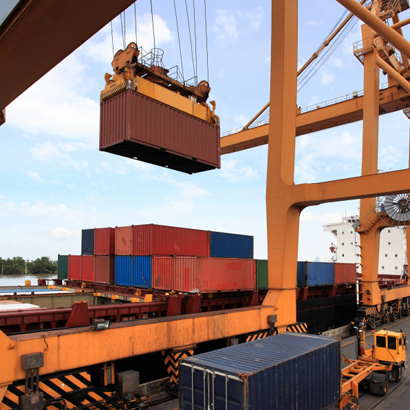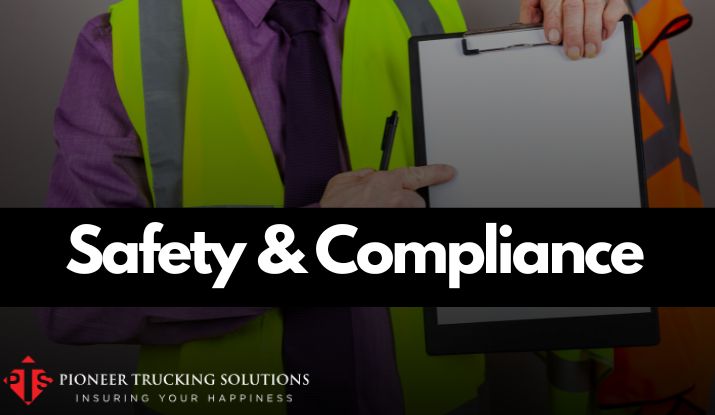Whether you are a business owner or a truck driver it is important to ensure that you are operating commercial vehicles with safety & maintenance documents. Whether you are travelling interstate or outerstate ensuring the safety of passengers and cargo is non-negotiable. This is why regulatory bodies mandate that all carriers have comprehensive written safety and maintenance documents.
If you connect with Pioneer Trucking Solutions our expert advisor will help you accomplish the safety & compliance documents. We not only suggest documents we also deal in IFTA Registration, NSC Audit Preparation and other trucking solutions.
Safety and Maintenance documents serve multiple crucial purposes, from outlining procedures for maintenance checks to providing guidelines for handling emergencies. By reading this article till the end, you will understand why these documents are indispensable and how they contribute to overall safety and operational efficiency.
Ensuring Compliance with Regulations
The main reason the government has made it mandatory for carriers to maintain documents while travelling to different jurisdictions is to comply with stringent regulations set forth by national and international authorities.
An official has designed these regulations to standardize safety protocols across the commercial vehicle industry. These regulations have minimized the risk of accidents or incidents caused by negligence.
Facilitating Effective Training and Operations
Another fact that makes safety and maintenance documents necessary for carriers is their importance in facilitating training and operational procedures. This compliance proved to be a legal document that means carriers can perform their duties correctly and safely.
These documents share that commercial vehicle driver is trained to work in complex situations and can maintain the engine if gets stuck while operating.
Standardizing Maintenance Practices
In the trucking industry carriers must stick to regulations set by agencies or governing authorities. These regulations mandate that companies maintain records of vehicle inspections, repairs, and maintenance schedules.
Consistency in maintenance practices is crucial for the reliability and safety of transport operations. Written documents outline standardized procedures that maintenance personnel must follow, ensuring that every task is performed correctly and according to industry best practices.
Enhancing Emergency Preparedness
Trained carriers with safety & maintenance documents signal that they can handle emergencies effectively. Written safety and maintenance documents include contingency plans and emergency procedures that personnel can refer to during crises.
Every procedure is shared in detail, whether it’s an engine malfunction of a commercial vehicle or a medical emergency. Driving with well-documented protocols helps you in maintaining and managing the unknown incident.
Improving Accountability and Oversight
Written documents also play a crucial role in accountability and oversight. Regulatory authorities and internal auditors can review these documents to ensure that carriers adhere to safety standards and conduct maintenance tasks as required.
They can check personally by visiting the warehouse or stopping aside on highways. This oversight helps maintain public trust and confidence in the transportation industry’s safety practices.
Final Words!
Driving without Safety & Compliance can create difficulties. Maintaining these documents is not just an official formality but it is a fundamental component of ensuring safety and regular compliance.







